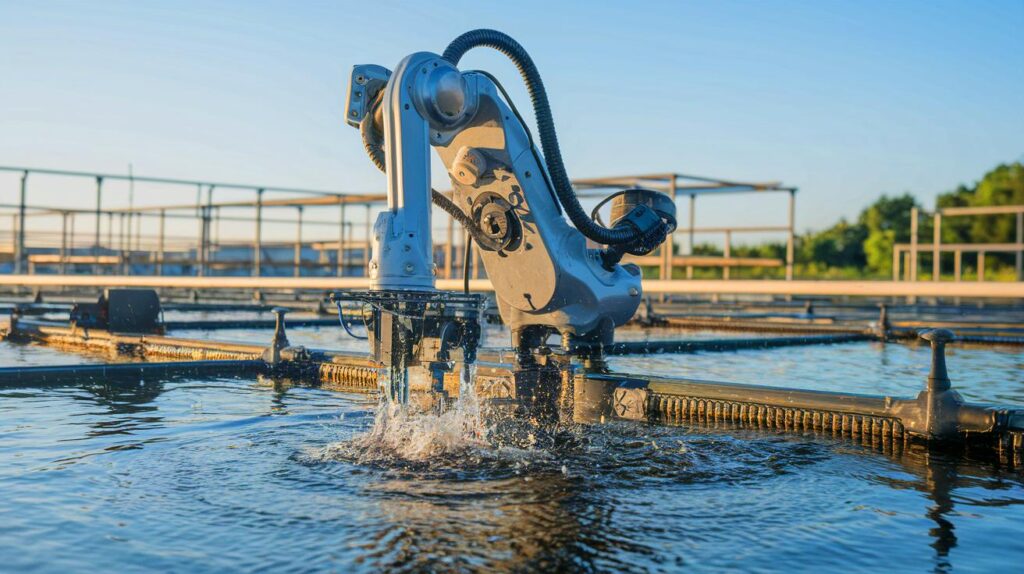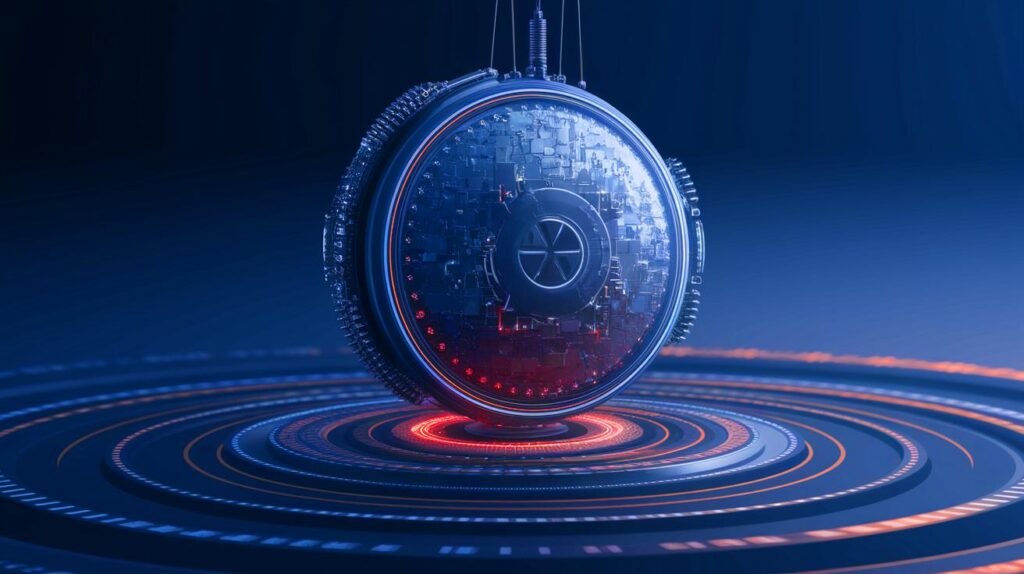| In Brief |
|
In the Chesapeake Bay area, oyster farming has long relied on traditional methods that, despite their historical value, have significant drawbacks. Current practices, such as the scattering of young oysters and the dredging of adults, cause environmental damage and lack precision regarding the best growth conditions. Professor Miao Yu and his team at the University of Maryland have set out to radically transform this industry through the use of robotics and artificial intelligence. Their project, funded by the U.S. Department of Agriculture, aims to create a paradigm shift towards precision agriculture, optimizing yields while preserving the fragile ecosystem of the bay.
The Use of Robots and Artificial Intelligence
The University of Maryland team has introduced an innovative two-part robotic system. An underwater robot, equipped with a high-resolution camera, scans the seabed to capture detailed images of the oyster beds. At the same time, another robot on the surface uses sonar technology, emitting sound pulses to create an extensive acoustic map of the area. Using this data, AI generates an agricultural map indicating oyster density in different zones. Subsequently, another AI system provides farmers with harvesting advice, including GPS coordinates for optimal pathways. This robotic method allows for less destructive harvesting, reducing the negative environmental impacts associated with traditional harvesting methods.
10% Increase in Yield
This cutting-edge technology represents a major advance over traditional oyster farming methods. Farmers can now easily access data-driven insights through a mobile app. This intelligent system offers significant advantages, facilitating a minimum 10% increase in oyster yields through more strategic planting and harvesting. Additionally, this precision approach reduces disturbances to the seabed and decreases fuel consumption for fishing boats, thus contributing to more sustainable practices. Yu stated that this initiative aims to boost production for farmers while preserving the environment. Oysters help purify water and provide habitat for many other species, which will have positive long-term effects on the environment.
A Win-Win Project
The project led by Miao Yu and his team is seen as a win-win initiative for both the oyster industry and the environment. The oyster population in the Chesapeake Bay has significantly declined since the mid-1980s, and researchers hope this new technology will play a key role in reversing this trend. By improving the precision of planting and harvesting, this project aims to revitalize the oyster industry while preserving marine habitats. If all goes as planned, robotics and AI could make the future of oyster farming smarter, more efficient, and more sustainable, offering a glimmer of hope for local ecosystems.
Toward a Sustainable Future for Oyster Farming
The advancements made by the University of Maryland team represent a significant turning point in modern oyster farming. The integration of robotics and artificial intelligence could revolutionize this industry, making it not only more productive but also more environmentally friendly. However, the question remains: How can these technologies be adapted and integrated into other forms of aquaculture to maximize ecological and economic benefits? Could innovation in this sector inspire other agricultural industries to adopt similar practices for a more sustainable future?







